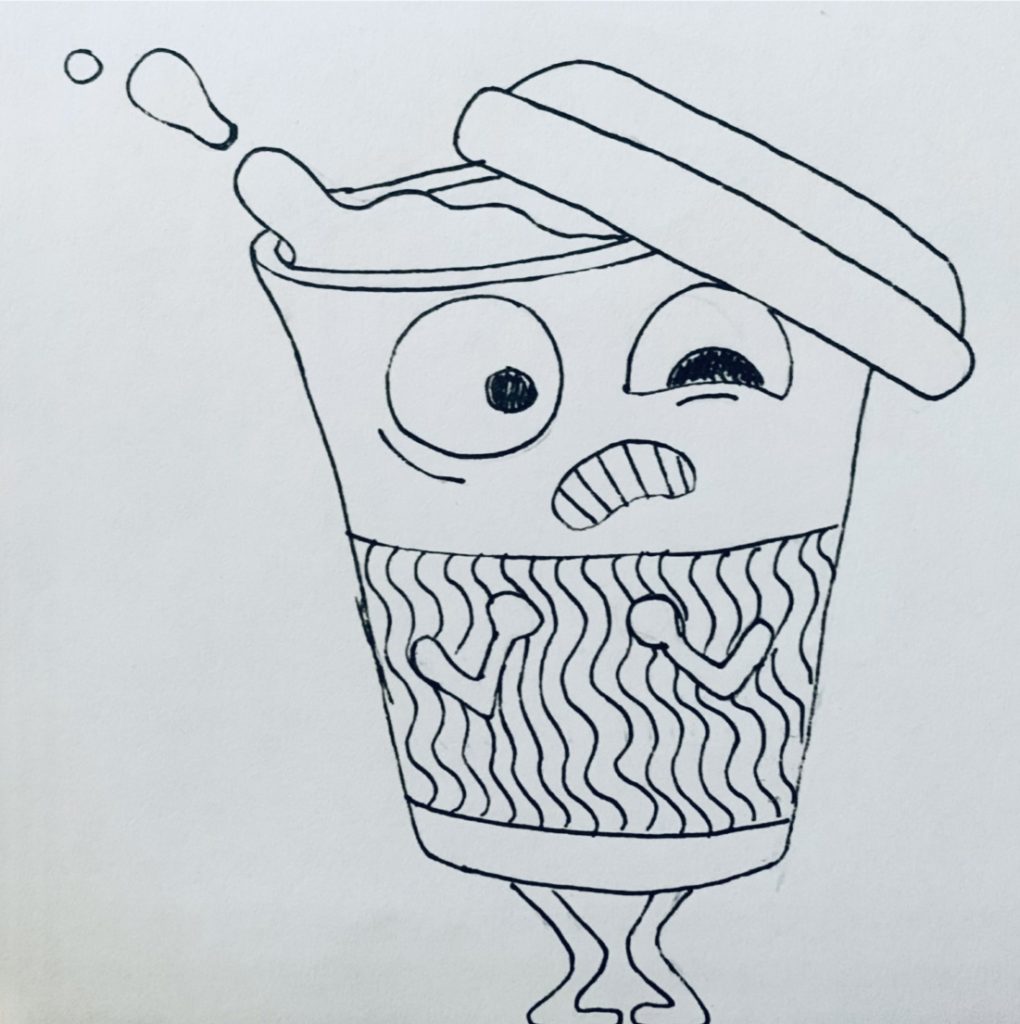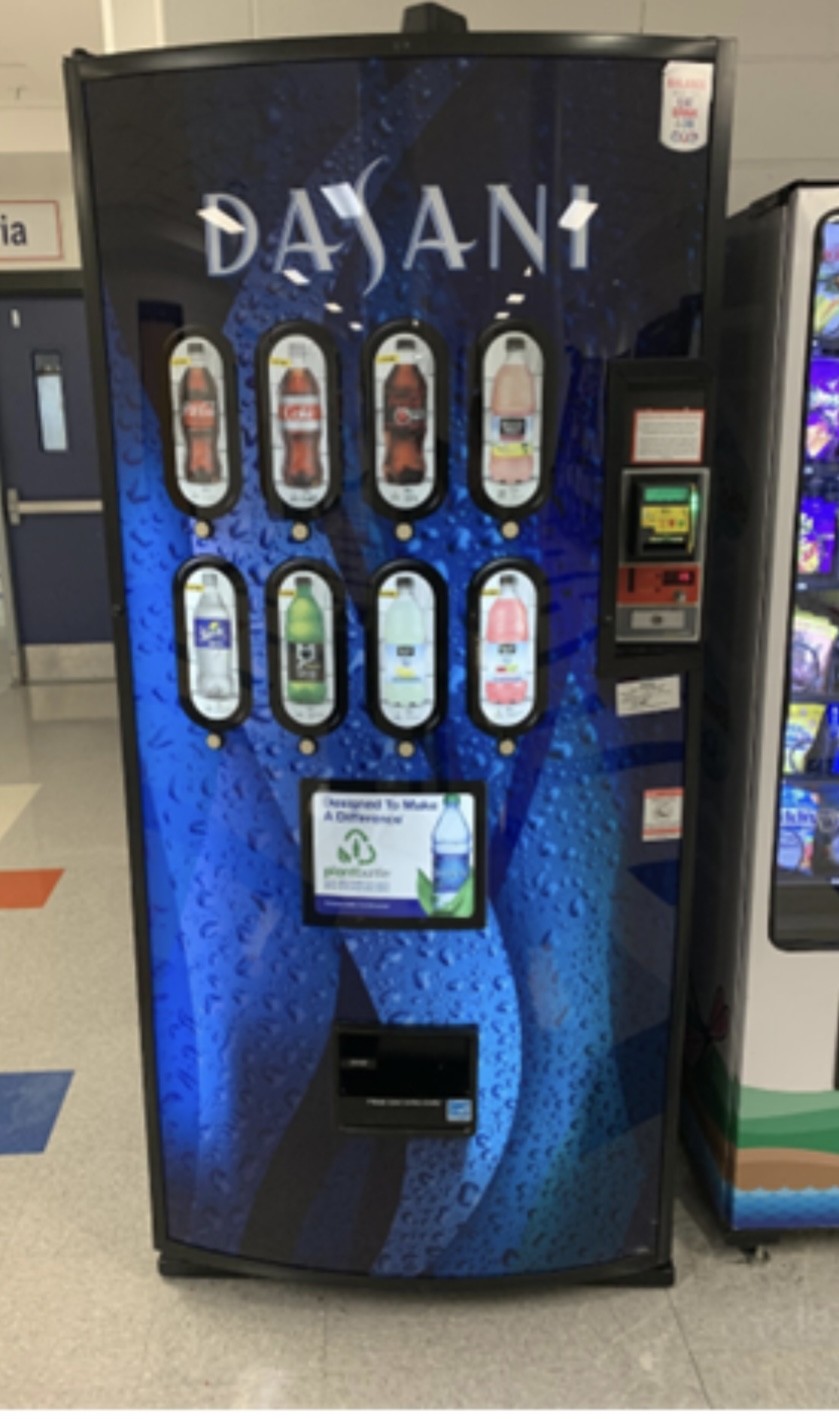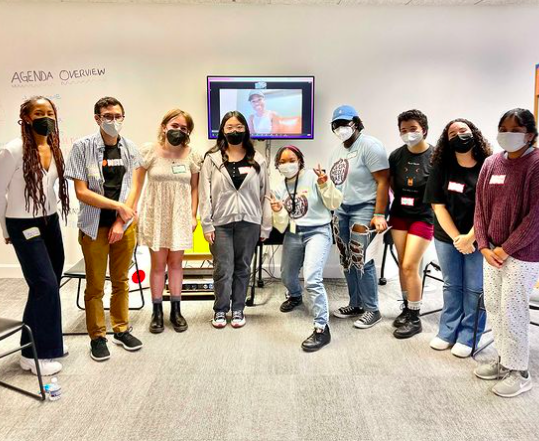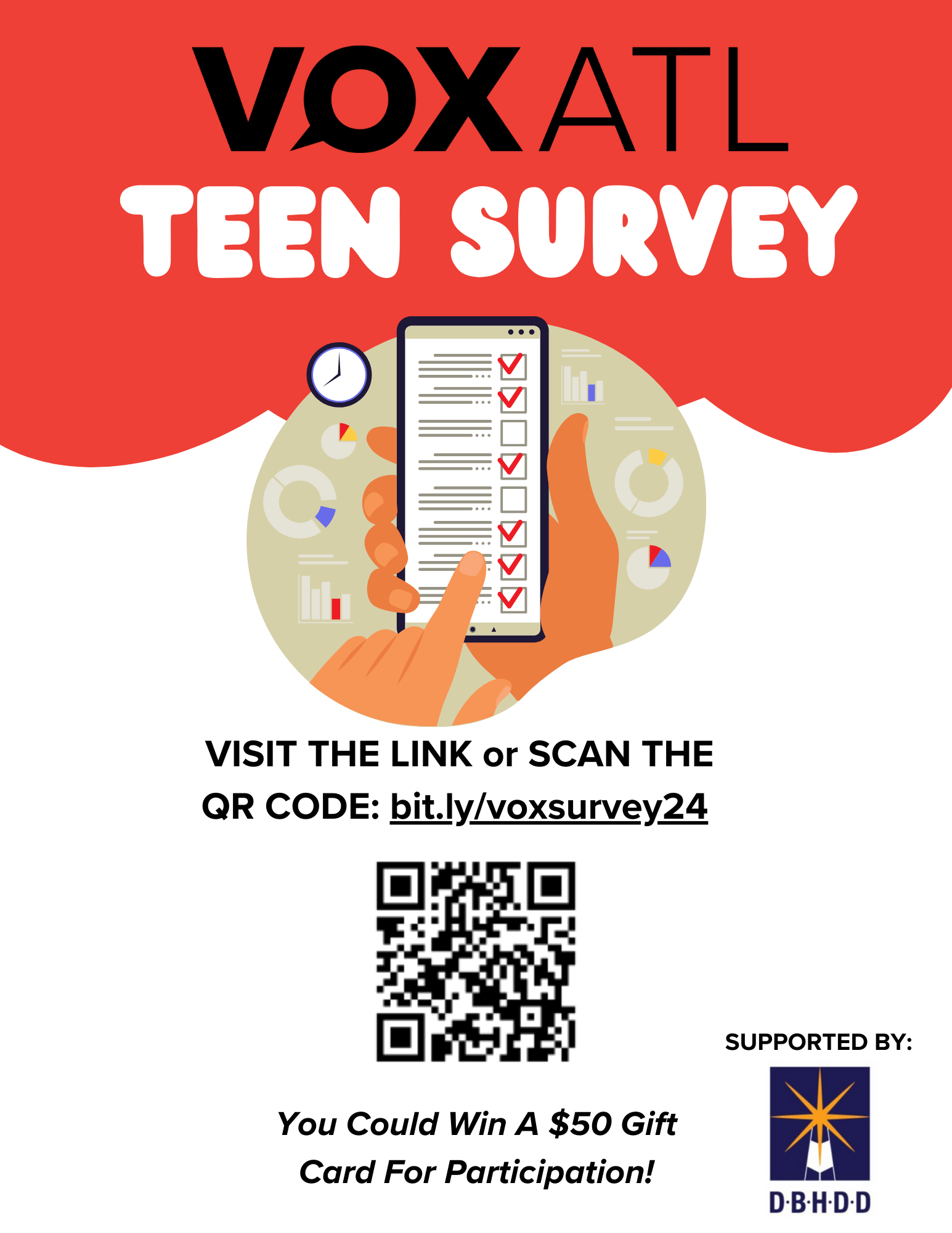I went to the vending machine to get a bottle of Coca-Cola, which got me thinking: Am I creating an unhealthy habit by constantly drinking caffeinated products? The truth is, consuming too many caffeinated beverages, especially the ones sold in the vending machines with an unreasonable amount of sugar and other added ingredients, can be dangerous.
Caffeine has its unique effect of increased alertness because it is shaped similarly to adenosine. On the podcast “Brain Science,” Danielle Robertson Rath, an author and researcher of caffeine said, “It basically sits in adenosine’s throne and keeps adenosine from doing its job… Adenosine’s job is to calm us down.” When caffeine does this, adenosine is unable to send relaxing signals to the body, so the consumer’s body does not register that it is getting tired. After a while, the body realizes that caffeine is blocking adenosine, so it makes more adenosine, which causes the consumer to need more caffeine to feel the same energy boost. This process can cause the consumer to build up a tolerance to caffeine, which makes them need more to feel the same effects that they did the first time drinking it.
In January, Very Well Health reported that caffeine also triggers pleasure circuits in the brain’s reward system, which causes a burst of dopamine. Regular caffeine drinkers may experience symptoms of withdrawal when they stop consuming, which can include headache, fatigue, sleepiness, trouble concentrating, difficulty completing tasks, irritability, depression, and anxiety. Therefore, some people consider caffeine an addictive substance.
How Long Caffeine Stays In Your System
According to the Harvard T.H. Chan School of Public Health, caffeine usually stays in the body’s system for about six to seven hours after consumption. It takes about 20 minutes to kick in because of the 15 minutes it takes to get to the small intestine, where it is absorbed. From there, caffeine needs to go to the brain, liver, and the other places it influences. For adults, 50 to 300 milligrams of caffeine usually cause increased alertness, energy, and ability to concentrate. Consuming too high doses results in anxiety, restlessness, trembling, insomnia, scattered thoughts, and an increased heart rate. At its highest doses, caffeine can even cause abnormal heart rhythms or lead to neurologic symptoms of hallucinations or seizures.
The American Academy of Pediatrics recommends that children under age 12 should not consume any food or beverages with caffeine, but for adolescents 12 and older, the organization recommends no more than 100 mg of caffeine daily. For healthy adults, the U.S. Food and Drug Administration recommends no more than 400 mg of caffeine, approximately four cups of brewed coffee, daily. Health authorities also recommend consuming no more than 200 mg at one time. Pregnant women should limit their caffeine intake to 200 mg per day, according to the American College of Obstetricians and Gynecologists.
Noa Lazarian, a 9th grader at North Springs High School, said, “Daily, I drink a cup of iced coffee and a Celsius sometimes. It helps me stay awake and gives me energy for school.”
Vonyeah Malone, a 10th grader at North Springs, said, “Daily, I drink at least two drinks a day. I like it, but it doesn’t have any effect on me.”

On the podcast episode “The science behind caffeine” on “Brain Neuroscience Behavior” featuring Danielle Rath, Mireille Reece, and Adam Stacoviak, Rath informs listeners that every caffeinated soda has a different mix of caffeine juice, sugar, and carbonation.
Caffeine causes a feeling of alertness, but mixing it with sugar will lessen this effect significantly. Sugar causes a blood sugar spike and a blood sugar fall. Caffeine works slowly and does not cause a spike and crash, which is why it is so effective in keeping people awake. Sugar eliminates this slow but effective method.
Calculating Your Caffeine Intake
Unlike energy drinks, coffees and teas are not required by the American Beverage Association to put a warning label on their products or required to include how much caffeine is in the beverage. The Starbucks Triple Shot drink has 225 mg of caffeine, three times the amount of caffeine as a Red Bull. A 16 fl oz cup of the Starbucks Caramel Macchiato, which is the Starbucks size called “grande,” has 150 mg of caffeine and 32 grams of sugar. Caffeine Informer shows the nutritional facts of more than 4,000 items, which can be helpful in calculating caffeine intake.
The Centers for Disease Control and Prevention reported that in 2011, 1,499 adolescents ages 12 to 17 went to the emergency room for an energy drink-related emergency. A typical energy drink contains carbonated water, 40 grams of sugar, 160 mg or more of caffeine, artificial sweetener, and a small amount of herbs or other substances. The American Heart Association recommends that men should consume no more than 36 grams, or 150 calories, of added sugar per day, and women should consume no more than 25 grams, or 100 calories, per day.
Lazarian, when referring to her favorite drinks, said, “A Celsius or some type of energy drink, and iced coffee.”
Malone said, “I like to drink tea and iced coffee.”
Here’s What’s In One 20-Oz. Coke
One 20-ounce Coca-Cola bottle, which is the size found in the North Springs High’s vending machines, contains 65 grams of added sugar and 57 mg of caffeine. Sixty-five grams of added sugar is 130% of the recommended daily value of a 2,000 calorie diet. The 20 oz Coca-Cola Zero Sugar bottle, however, contains quite a lot of nothing. No fat, only 70mg of sodium (3% of the recommended daily value), no dietary fiber, no sugar or added sugar, no protein, only 90mg of potassium (2% of the recommended daily value), and 57mg of caffeine. This intrigued me and my love for Coke, so I found the list of ingredients for each.
Original Coca-Cola contains carbonated water, high fructose corn syrup, caramel color, phosphoric acid, natural flavors, and caffeine. This didn’t concern me, and I understood the reasoning behind the ingredients. Coca-Cola Zero Sugar, on the other hand, has carbonated water, caramel color, phosphoric acid, aspartame, potassium benzoate, natural favors, potassium citrate, acesulfame potassium, caffeine, and phenylalanine (Coca-Cola® Original | Coca-Cola®). Those ingredients sound a lot more like a chemistry experiment than a drink you can buy at the school vending machine.
So, is my Coca-Cola habit unhealthy? Based on the science, yes, but more so because of the excessive amount of sugar and unnatural ingredients. When discussing caffeine without sugar, the only reason I would call it unhealthy for teenagers is because I’ve noticed that many do not know how to limit themselves to the correct amount. I’ve seen the effects that jitters and racing thoughts have had on productivity during school, so it seems like a dangerous habit to form.
Caffeine’s Side Effects
Kevin Joy, a science writer for the University of Michigan Health Lab reported, “Kids and adolescents can be more sensitive to caffeine’s undesirable side effects, such as anxiety, diarrhea and dehydration. Even within suggested doses, caffeine use in the afternoon and evening can have negative impacts on sleep quality and quantity”
Instead of reaching for your next energy drink or caffeinated soda to boost your energy, consider giving yourself enough nutrition, exercise, and increasing the amount of time you sleep. And if you are deciding whether to start drinking caffeinated beverages to stay alert during class, I encourage you to find a different solution that is healthier for your body. After completing my research for this article, I can say that I will not be drinking any more Coca-Colas or other drinks that mixes sugar and caffeine for a long time.
Sarah Meiselman, 15, attends North Springs Charter High School. She enjoys writing, reading, walking with her dog, and listening to true-crime podcasts.




